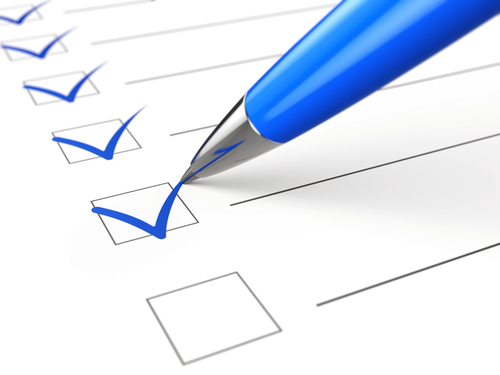While Arizona doesn’t have a reputation for harsh winters, it’s still important to prepare your vehicles for the cold weather with a winter car maintenance checklist. Cars have a hard time adjusting to extreme lows and highs. While excessively hot temperatures can cause vehicles to overheat, properly maintaining vehicles during the winter months is just as important. Cold temperatures can put your car under a lot of stress, resulting in breakdowns at the most inopportune times.
Winter Car Maintenance Checklist
Winterizing your car involves a few essential items including the following:
1. Antifreeze
Whether you’re dealing with extreme heat or freezing cold temperatures, antifreeze (coolant) is important. Known for its ability to keep the engine cool during hot weather, antifreeze also prevents machinery and fluids in vehicles from enduring cold shock.
2. Motor Oil
By now we all know that motor oil is the lifeblood of any vehicle. Under any weather condition, motor oil keeps vehicles up and running and is even more important during the winter months. Basically, oil is your best defense against facing a cold-start.
3. Lights
Make sure all of your lights are in perfect working condition, including the headlights, taillights, back up lights, brake lights, turn signals, and emergency flashers. If you find that any of the lights aren’t functioning appropriately, have them fixed asap.
4. Wipers
Clear visibility is crucial any time of the year but is especially challenging during the winter months. If your wipers look worn and are leaving streaks of water on the windshield, it’s time for a new set. To extend the life of your wipers during the winter months and avoid overloading the motor, use a scraper or your vehicle’s defrosters to remove ice.
5. Battery
Cold weather puts a lot of stress on batteries, requiring them to work harder than ever to force out every volt of power. If you haven’t had the battery inspected, now is the time to do so, preferably by a professional.
6. Brakes
Brakes are among the most critical factors to driver safety during the winter months. Have your brakes inspected, even before you notice signs of trouble. If a problem is found, have the brakes repaired or replaced immediately.
7. Tires
Worn tires or low air pressure can be especially dangerous on slick, wet roads because both can cause traction issues. You can turn to your vehicle’s owner’s manual to find out the recommended PSI. Even better, stop by a trusted auto shop and have them inspect the tires for you. If you live in an area with a lot of snowfall, or frequently travel to snowy areas, you may want to consider snow tires or carry snow chains in your trunk.
8. Fill the Tank
There are several reasons to fill the fuel tank during cold weather. One is that condensation can build up in the tank, resulting in the frozen fuel lines in cold temperatures. Another obvious reason to keep the fuel tank full is that you won’t run out of gas if you run into traffic backups which are more common during the winter months.
9. Check Out the Radiator Cap
A leaking radiator cap won’t just cause the engine to overheat, it also causes antifreeze to leak, both can lead to significant problems during winter weather. If you know that your radiator cap is old, go ahead and replace it.
10. Don’t Forget to Warm Up the Engine
It’s especially important to give older cars enough time to warm up before driving them. Even though newer models can be driven as soon as you start them, you shouldn’t skip the warm-up process entirely. A short amount of idling before you drive will give motor oil the opportunity to heat up and flow smoothly, putting less stress on the engine.
We can take care of your winter car maintenance checklist. Give us a call today.





